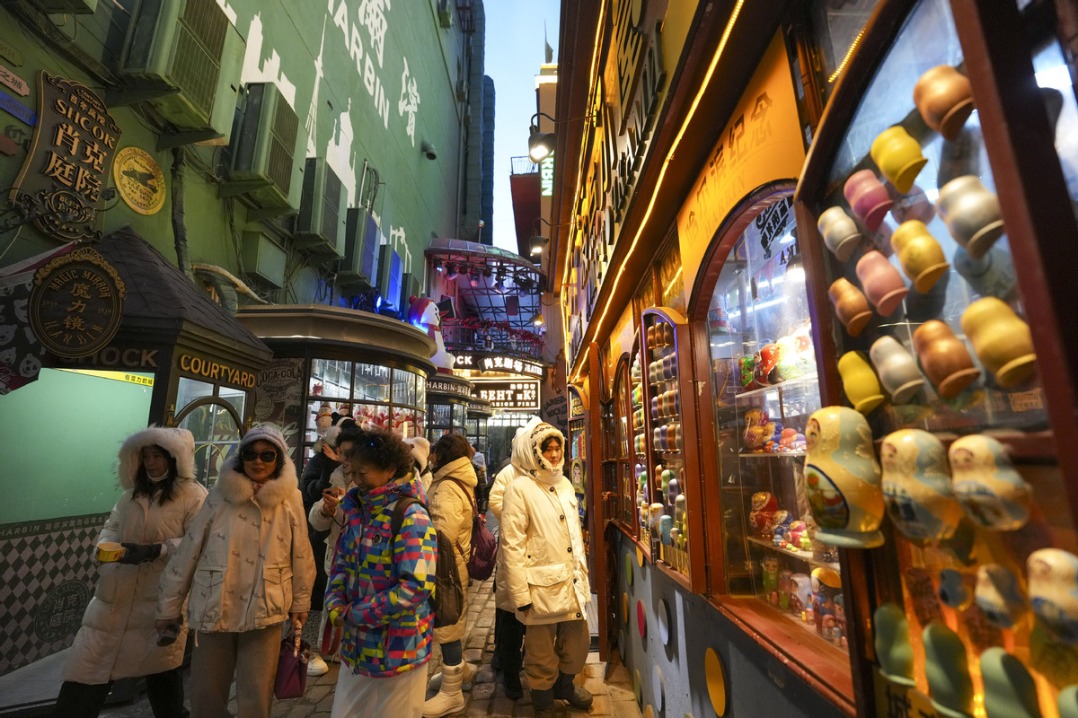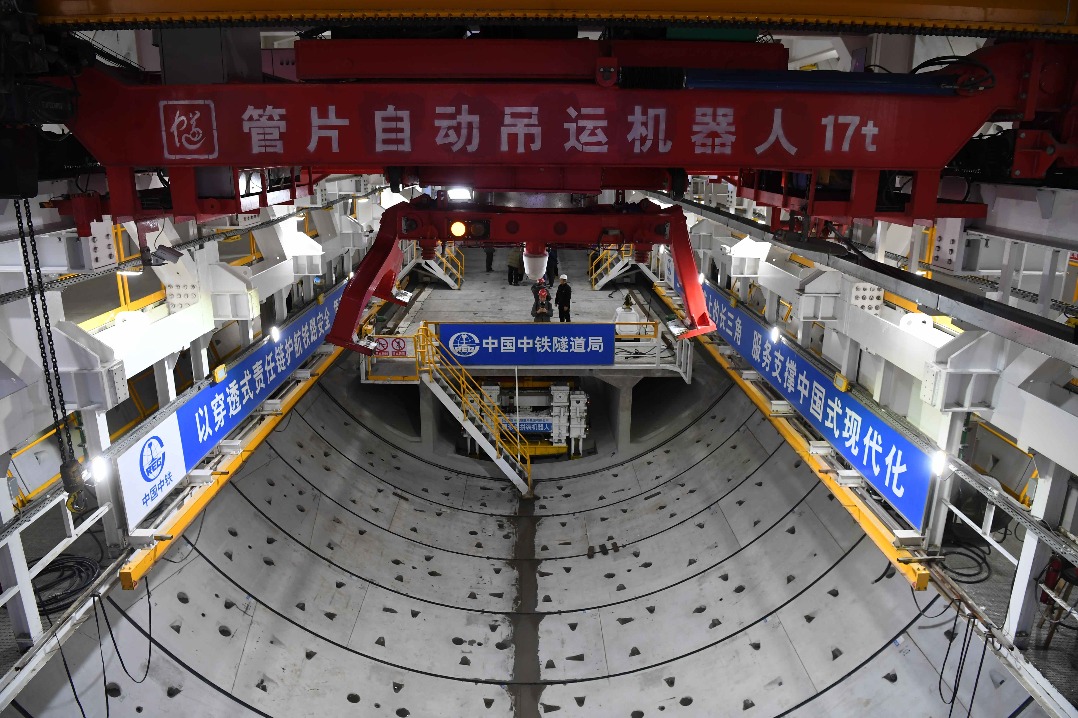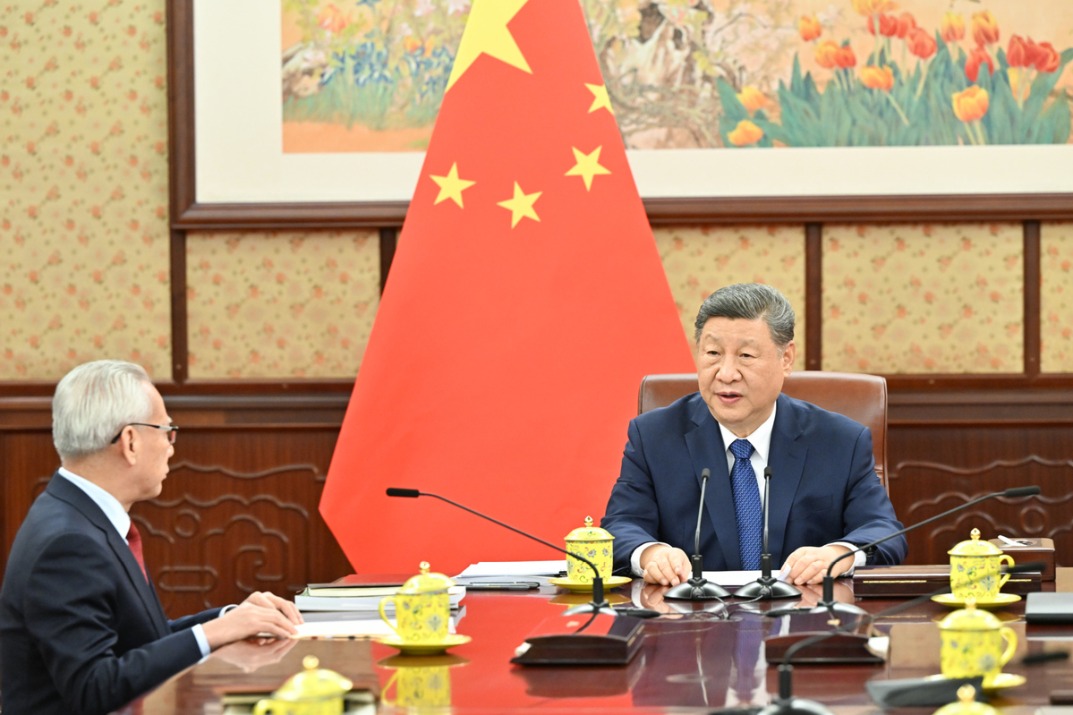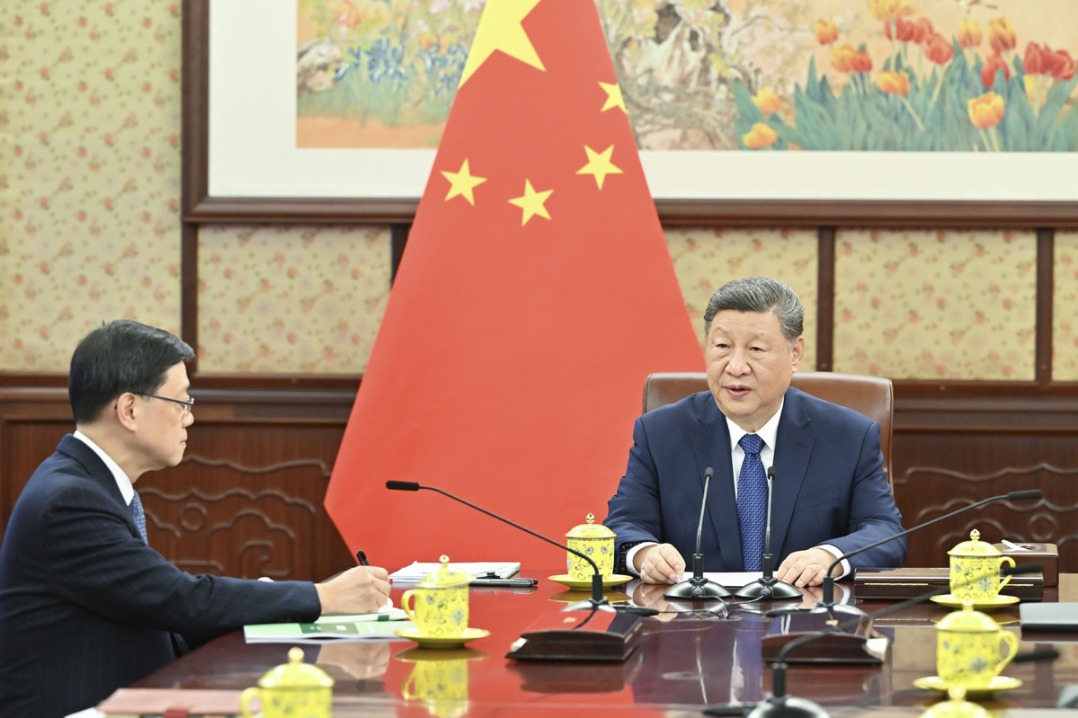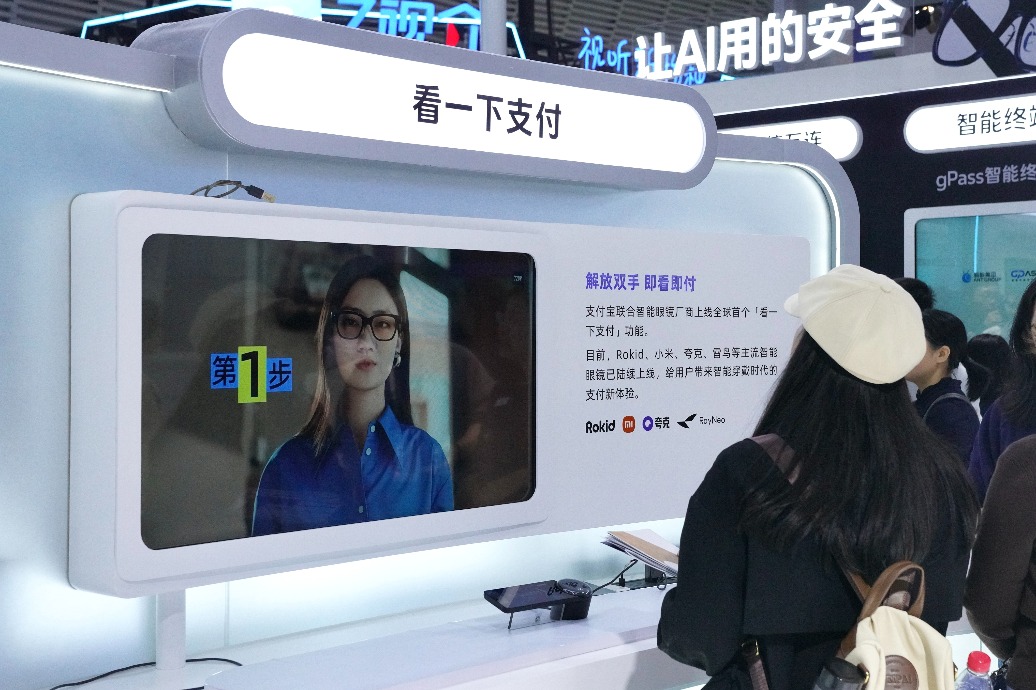NATION TAKES HUGE STRIDES ON CULTURAL STAGE
Shenzhen plays leading role in artistic endeavors

The technology hub of Shenzhen, Guangdong province, which has risen from being a modest fishing village to becoming a beacon of modernity and cultural prowess, stands as a shining example of Chairman Mao Zedong's vision.
Mao once said: "As our economy grows, so will our culture. Gone are the times when we were considered uncivilized, and we will reemerge on the world stage as a sophisticated, advanced culture."
Mao made the remarks in late September 1949, shortly before the founding of the People's Republic of China.
Now, in the bustling heart of Shenzhen, where innovation converges with cultural dynamism, a pioneering spirit is taking root.
Zhang Ling, head of Shenzhen's municipal publicity department, said, "The city is determined to be a pioneer in the cultural aspects of reform and opening-up, a pioneer in the integration of Chinese and foreign cultures, and a pioneer in cultural inheritance and innovation, with the goal of building a window for modern Chinese civilization."
There are numerous ways to position Shenzhen as a trailblazer in the cultural dimensions of reform and opening-up, Zhang said. One of them is a global urban civilization exchange plan which highlights the city's commitment to cultural exchanges.
"Meanwhile, we will use our identity as an economic and technological hub, and seek to make Shenzhen's products and enterprises global ambassadors," Zhang added.
"Companies such as Huawei, BYD and Tencent will play a crucial role in amplifying Shenzhen's influence on a global scale in this respect."
Zhang said that as the core engine of the Guangdong-Hong Kong-Macao Greater Bay Area, Shenzhen is also developing cultural exchange centers, promoting the internationalization of Chinese culture, and working with the Hong Kong and Macao authorities to stage major cultural events. All these factors are contributing to Shenzhen becoming a global hub for art trading, entertainment and tourism.
As a pilot demonstration area for socialism with Chinese characteristics, Shenzhen has made ceaseless efforts to make a substantial contribution to exploring a new approach to building a modern socialist country in all respects, including culture.
In September, when the dance drama Wing Chun, produced by the Shenzhen Opera & Dance Theatre, made its highly anticipated overseas debut in the vibrant city-state of Singapore, it epitomized the profound observation of United States theorist Ken Wilber: "When diverse cultures converge, they give rise to a unique and splendid creation."
The show, one of the year's most successful and best-selling Chinese dance dramas, was staged in Singapore at the Esplanade — Theatres on the Bay for three consecutive nights, with one performance receiving seven encores.
The drama follows the story of Chinese kung fu master Ip Man, set against the backdrop of a movie set during the 1990s. Using a play-within-a-play format, the show centers around the thrilling encounters between leading kung fu masters by merging the movements of modern dance and traditional martial arts to create a unique feature for the production.
Five types of Chinese martial arts are featured in the drama — wing chun, tai chi, baguazhang, bajiquan and praying mantis.
Fights in the show are charged with lots of emotion, while the plot and characters are used to tell the story of ordinary people and heroes supporting each other in the pursuit of justice and equality.
Birthday treat
Don Low, a university lecturer in fine arts in Singapore, watched a performance of the show with his family, including his mother, who was celebrating her 83rd birthday.
"My mother has been doing kung fu for the past 30 years, so I thought she would enjoy the show. We also took the opportunity to catch up with cultural performances, because we had not attended one for a while," he said.
Chi Shu Na, another audience member from Singapore, said: "Watching this beautiful audio and visual feast gave everyone a touching and beautiful sense of enjoyment. Truly, art has no borders."
In an attempt to build a city culture characterized by openness and inclusiveness to strengthen its position as a global innovation hub, Shenzhen is focusing on decarbonization and digitalization for its industrial future. Last month, the city also unveiled a 30-point plan to attract top talent from around the world.
The plan includes a wide range of initiatives and incentives to foster an ecosystem that encourages entrepreneurship, research, and technological advancement.
Leading professionals who settle in Shenzhen will not only be provided with a "policy package", including career platforms, research funds, team support, and living subsidies, but will also have full authority to make decisions regarding personnel, finance and technological directions.
The plan states that to cultivate a culture of innovation that embraces failures and fosters tolerance toward them, Shenzhen will establish a talent utilization mechanism based on trust, and which allows for mistakes.
David Poon, president of Infineon Greater China, a German chipmaker, cited the company's recent collaboration in Shenzhen as an example of the innovative potential in China.
Infineon is partnering with a major client in the city to develop cutting-edge drone technology, a project recognized globally for its industry-leading innovation and technology.
"The next 10 years will be a new era characterized by the dual drivers of decarbonization and digitalization. These two factors are expected to become the critical engines for economic growth and societal progress, especially in China," Poon said.
He added that Infineon, which has the expertise and technology to provide essential semiconductor technological support for decarbonization and digitalization, will empower China's ongoing push for a low-carbon, green-driven digital transformation.
As a global leader in semiconductor solutions for green and efficient energy, and clean and safe mobility, Infineon's largest market is China. For the 2023 fiscal year, the Chinese market accounted for about one-third of the chipmaker's revenue of 16.3 billion euros ($17.54 billion).
"The current business environment in Shenzhen and China as a whole is excellent, healthy, and well-aligned with Infineon's strategic goals. We are committed to building a collaborative innovation system that brings together industry partners, universities, research institutions and end customers to jointly accelerate innovation toward a better future," Poon said.
However, Shenzhen's cultural initiatives are not solely confined to elite circles.
Rather, they offer a platform for the public to excel and actively take part in the city's cultural endeavors. Shenzhen's commitment to inclusivity ensures that everyone, regardless of their background or expertise, can play a role in shaping and celebrating the city's diverse and dynamic cultural identity.
Viral footage
In May, construction worker Yi Qunlin, 57, became the first person to perform in the new concert hall at the Cultural and Art Center in Guangming district, Shenzhen, a venue he helped build.
Video footage of Yi, clad in a helmet and reflective vest, playing a public piano in Huaqiangbei, one of the world's largest electronics markets, went viral online, quickly trending on Sina Weibo and X, formerly known as Twitter.
In less than a month, the footage had been viewed at least four million times worldwide, with attention focusing not only on Yi, but also on the determination of the Shenzhen authorities for the city to embrace a culture characterized by "openness and inclusiveness".
Asked why the footage proved so popular, Ye Xiaogang, chairman of the China Musicians Association, said: "Music transcends borders. It is a form of spiritual and auditory art uniquely equipped to resonate with people.
"From grassroots artistic endeavors to community-driven initiatives, music can be understood by everyone, and Shenzhen's cultural sphere thrives on the collective spirit of its people, establishing the city as a true cultural melting pot for all."
In embracing Shenzhen's vibrant cultural atmosphere, Ye took on the role of directing the organizing committee for the Belt and Road International Music Festival in Shenzhen.
He said his commitment stems not only from his musical background, but also from a genuine appreciation of the city's unique cultural landscape, which has strengthened Ye's dedication to fostering a harmonious convergence of global artistic expression in Shenzhen.
During the six-week festival, which opened in September, more than 30 artists and groups from 39 countries and regions performed in Shenzhen. They included Chinese American violinist Cho-Liang Lin, Argentinian bandoneonist (a type of concertina) player Walter Rios, talented French trumpeter Lucienne Renaudin Vary, the New York Metropolitan Opera House's baritone Yunpeng Wang, and Chinese vocalist Lei Jia.
Ye said: "A nation or a people cannot be strong or prosperous without a thriving culture. Likewise, we cannot achieve the Chinese Dream of national rejuvenation without a vigorous socialist culture."
In the spirit of "each appreciating the best of others, and all appreciating the best together", he believes that contacts between different cultures lead to exchanges, mutual learning and development.
"As a result, we have never stopped such contacts, and we have learned and absorbed from the best of other nations and peoples," Ye said.
In recent years, as evidence of Chinese culture's enhanced soft power, a cultural renaissance has unfolded, marked by a wave of artistic expression and a proliferation of sophisticated platforms for cultural dissemination.
A diverse range of activities and products now cater to the public's ever-expanding tastes, and the cultural landscape has become a powerful force, enhancing China's soft power and global influence.
The nation is a front-runner globally in the production of television shows and books.
Ministry of Commerce data showed that in 2021, the import and export volume of China's cultural products reached $155.8 billion, a year-on-year rise of 43.4 percent. The value of the nation's cultural services rose by 24.3 percent to $44.22 billion, with the US, the United Kingdom, Germany, France, the Netherlands and Japan as the main destinations for its online games and e-sports products.
China handed its movie box office crown back to North America last year after retaining its position as the world's largest film market in 2020 and 2021.However, in November, China saw box office revenue of 50 billion yuan ($6.97 billion), signaling a remarkable recovery from the challenges posed by the COVID-19 pandemic.
Ye said: "A country's essence and character are deeply embedded in its cultural fabric. In the past seven decades, we have cultivated a dynamic socialist culture that resonates strongly on the global stage.
"Through our artistic endeavors, we have narrated the stories of our monumental struggles and expressed our optimism for national rejuvenation. As we continue this journey, we anticipate further remarkable cultural achievements that not only resolve our internal issues, but also address the broader challenges faced by humanity."
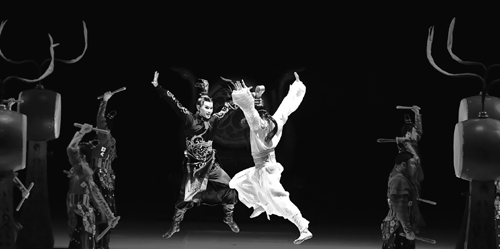
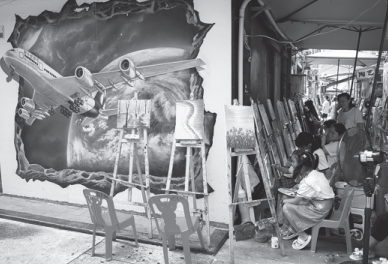
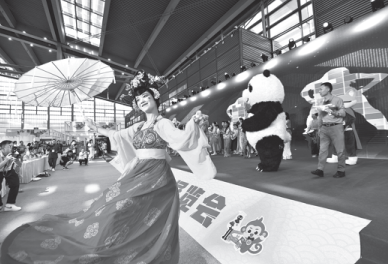
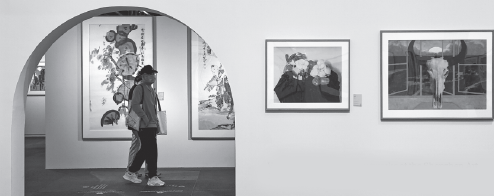
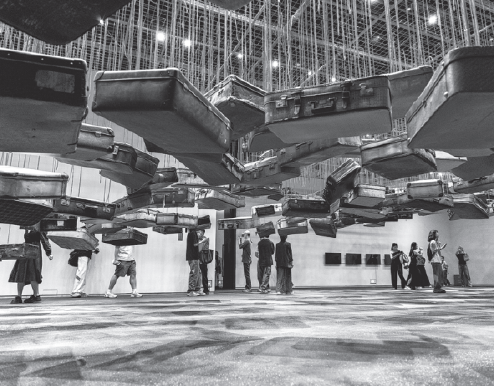
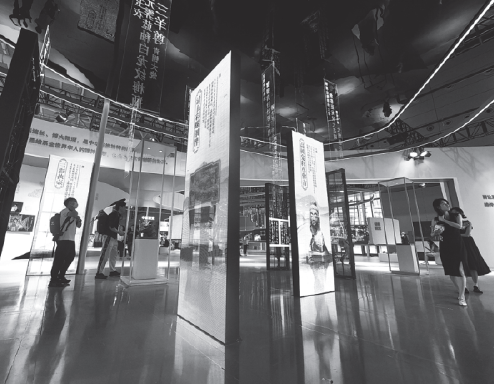
Today's Top News
- Crossing a milestone in the journey called Sinology
- China-Russia media forum held in Beijing
- Where mobility will drive China and the West
- HK community strongly supports Lai's conviction
- Japan paying high price for PM's rhetoric
- Japan's move to mislead public firmly opposed


















